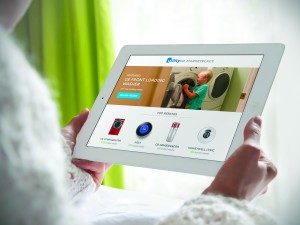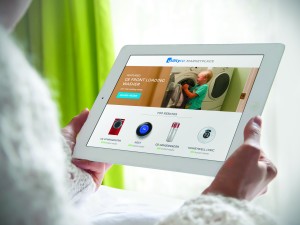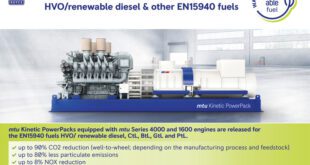 Yoav Lurie, CEO and founder of Simple Energy, got his idea for making energy efficiency rebates simpler from his mother. And her inspiration helped him found a way to boost consumer participation in rebates tenfold, he says.
Yoav Lurie, CEO and founder of Simple Energy, got his idea for making energy efficiency rebates simpler from his mother. And her inspiration helped him found a way to boost consumer participation in rebates tenfold, he says.
His mother’s hot water tank was broken, and he told her about a rebate available through the local utility in California. He set it up, filled out the forms, got her one hot water tank for her unit and another for the other side of her duplex, and six weeks later, her rebate was rejected. The SKU number associated with the hot water tank was no longer accepted, he says.
About the same time, a utility was working with his company to encourage customers to sign up for demand response programs. About 8,000 people expressed interest in the program, but when it came time to deal with the utility’s website, only about seven percent of those 8,000 people actually signed up.
“We said, ‘ah ha!’ This is a real opportunity to make this simpler for customer and utilities to get rebates out to market.” The company discovered that only about seven percent of people access the available utility rebates. “People are leaving money on the table,” says Lurie.
“If you think of rebates in the context of a retail store, they want to make rebates complex so you don’t take advantage of them,” he says. However, utilities really want consumers to take advantage of the rebates so they can get energy efficiency credits from state programs. But many utilities were–and continue to–make it too difficult and time-consuming for the consumers to apply for and receive rebates.
To solve the problem, Simple Energy created a process for offering instant rebates, by integrating its software into a utility’s back end.
For the utilities taking part in Simple Energy’s program, participation has increased tenfold, he says.
For example, Simple Energy is working with Xcel Energy in Colorado, offering instant rebates for Nest thermostats and other products.
“Everybody who visits the online store has taken advantage of an instant rebate for at least one product,” he says. “The utility is actually getting more value out of the rebate. In some case, it’s one per customer, but we have a lot of customers who have bought two or three Nest thermostats.”
Thanks in part to Lurie’s mother’s bad experience, more consumers now are enjoying the benefits of energy efficiency.
Track news about energy efficiency rebates by subscribing to Energy Efficiency Markets newsletter. It’s free.
About Lisa Cohn
Lisa Cohn has covered energy for more than 20 years. She is the host of Energy Energy Efficiency Markets Podcast, which has hundreds of thousands of subscribers. Her energy articles have appeared in EnergyBiz, Horizon Air Magazine, Natural Home, Windpower Monthly, Mother Earth News, The Oregonian, and other regional and national publications. She has received numerous awards for her work.
 Alternative Energy HQ solar power for homes, wind energy, and bio fuel issues
Alternative Energy HQ solar power for homes, wind energy, and bio fuel issues







